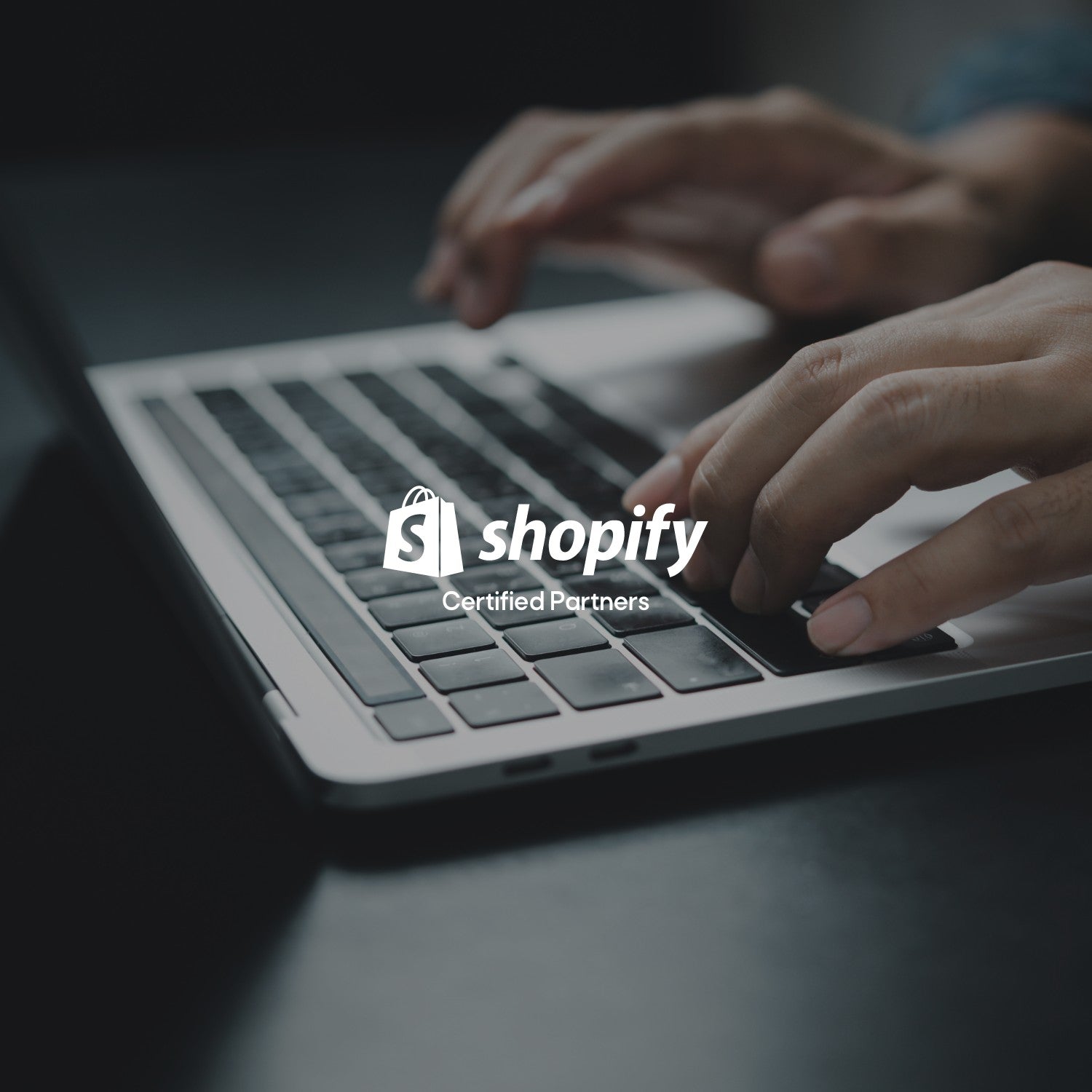Pricing your products is one of the cornerstone decisions you’ll make, because it impacts almost every aspect of your business.
Your pricing is a deciding factor in everything from your cash flow, to your profit margins, to which expenses you can afford to cover.
That’s why it’s all too easy to get stuck on your pricing strategy when you’re launching a new store or product, but it’s important not to let the decision stop you from launching. The best pricing data you can get is from launching and testing with real customers—but you still need to start somewhere, with a price that works. That’s what we’re tackling today in Ask Shopify.
How should I price my products?
Every time I try to research how to price my products, I fall down a black hole of articles and books and advice. Is there a simple way to price my products? If not, what should I focus on to get started?
Answer:
It’s no wonder you fell into a black hole when you went searching for pricing advice, because pricing touches everything from your business finances to your product’s positioning in the market with considerations like if it's timeless, bespoke, or is a short-lived trending product. It’s a key strategic decision you need to make for your business, and it can be just as much an art as it is a science.
But it’s not a decision you only get to make once.
If you’re trying to find a price for your product, there is a relatively quick and straightforward way to set a starting price. Remember, just because it’s the price you use to launch doesn’t mean it’s the price you’ll use forever.
To set your first price, add up all of the costs involved in bringing your product to market, set your profit margin on top of those expenses, and there you have it. If it seems too simple to be effective, you’re half right—but here’s how it works.
Pricing isn't a decision you only get to make once.
Why this pricing approach works
The most important element of your price is that it needs to sustain your business. If you price your products at a loss, or at an unsustainable profit margin, you’re going to find it challenging to grow and scale.
There are other important factors that your pricing needs to account for, like how you’re priced in relation to your competitors, and what your pricing strategies mean for your business and your customers’ expectations. But before you can worry about anything like that, you need to make sure you’ve found a sustainable base price.
How to price your product
- Add up your variable costs (per product)
- Add a profit margin
- Don't forget about fixed costs
There are three straightforward steps to calculating a sustainable price for your product.
1. Add up your variable costs (per product)
First and foremost, you need to understand all of the costs involved in getting each product out the door.
If you order your products, you’ll have a straightforward answer as to how much each unit costs you, which is your cost of goods sold.
If you make your products, you’ll need to dig a bit deeper and look at a bundle of your raw materials. How much does that bundle cost, and how many products can you create from it? That will give you a rough estimate of your cost of goods sold per item.
However, you shouldn’t forget the time you spend on your business is valuable, too. To price your time, set an hourly rate you want to earn from your business, and then divide that by how many products you can make in that time. To set a sustainable price, make sure to incorporate the cost of your time as a variable product cost.
Here’s a sample list of costs you might incur on each product.
| Cost of goods sold | $3.25 |
| Production time | $2.00 |
| Packaging | $1.78 |
| Promotional materials | $0.75 |
| Shipping | $4.50 |
| Affiliate commissions | $2.00 |
| Total per-product cost | $14.28 |
In this example, your total per-product cost is $14.28.
Wondering what kind of promotional materials you might need for your products? One of the most common ones in an ecommerce context is marketing materials or additional gifts to level up your ecommerce packaging and unboxing experience.
2. Add a profit margin
Once you’ve got a total number for your variable costs per product sold, it’s time to build profit into your price.
Let’s say you want to earn a 20% profit margin on your products on top of your variable costs. When you’re choosing this percentage, it’s important to remember two things.
- You haven’t included your fixed costs yet, so you will have costs to cover beyond just your variable costs.
- You need to consider the overall market, and make sure that your price with this margin still falls within the overall “acceptable” price for your market. If you’re 2x the price of all of your competitors, you might find sales become challenging depending on your product category.
Once you’re ready to calculate a price, take your total variable costs, and divide them by 1 minus your desired profit margin, expressed as a decimal. For a 20% profit margin, that’s 0.2, so you’d divide your variable costs by 0.8.
In this case, that gives you a base price of $17.85 for your product, which you can round up to $18.00.
Target Price = (Variable cost per product) / (1 - your desired profit margin as a decimal)
3. Don’t forget about fixed costs
It’s important to remember that variable costs aren’t your only costs.
Fixed costs are the expenses that you’d pay no matter what, and that stay the same whether you sell 10 products or 1000 products. They’re an important part of running your business, and the goal is that they’re covered by your product sales as well.
When you’re picking a per-unit price, it can be tricky to figure out how your fixed costs fit in. A simple way to approach this is to take the information about variable costs you’ve already gathered, and set them up in this break-even calculator spreadsheet. To edit the spreadsheet, go to File > Make a copy to save a duplicate that's only accessible to you.
It’s built to look at your fixed costs and your variable costs in one place, and to see how many units you’d need to sell of a single product to break even at your chosen price. These calculations can help you make an informed decision about the balance between covering your fixed costs and setting a manageable and competitive price.
Test and iterate once you’re live
Don’t let fear of choosing the “wrong” price hold you back from launching your store. Pricing is always going to evolve with your business, and as long as your price covers your expenses and provides some profit, you can test and adjust as you go. Run a price comparison to see how your strategies stack up.
Taking this approach will give you a price you can feel confident about, because the most important thing when it comes to pricing is that your pricing helps you build a sustainable business. Once you have that, you can launch your store or your new product, and use the feedback and data you get from customers to adjust your pricing strategy in the future.
Source - https://www.shopify.co.uk/blog/how-to-price-your-product













